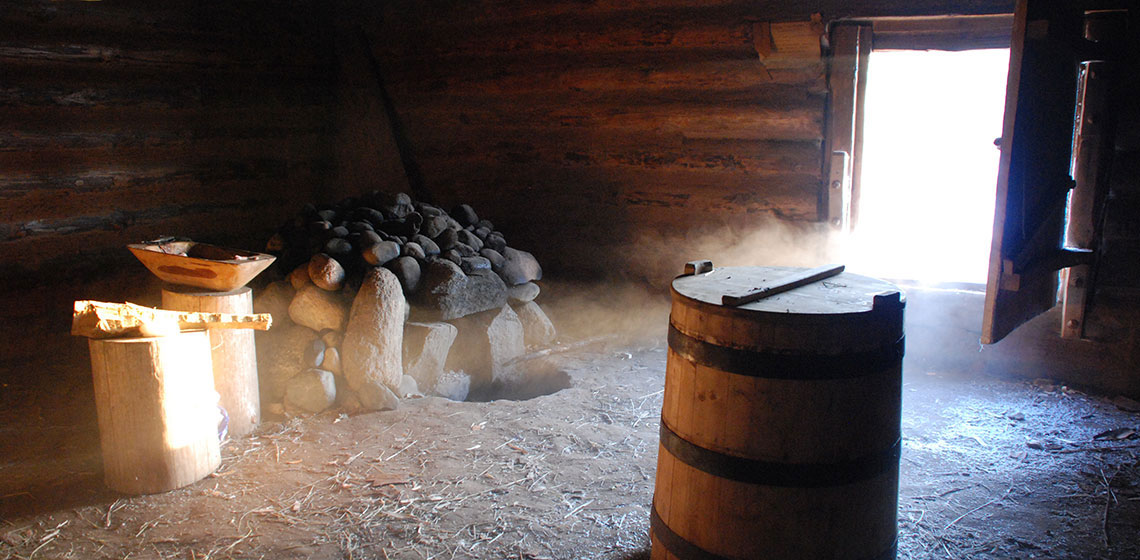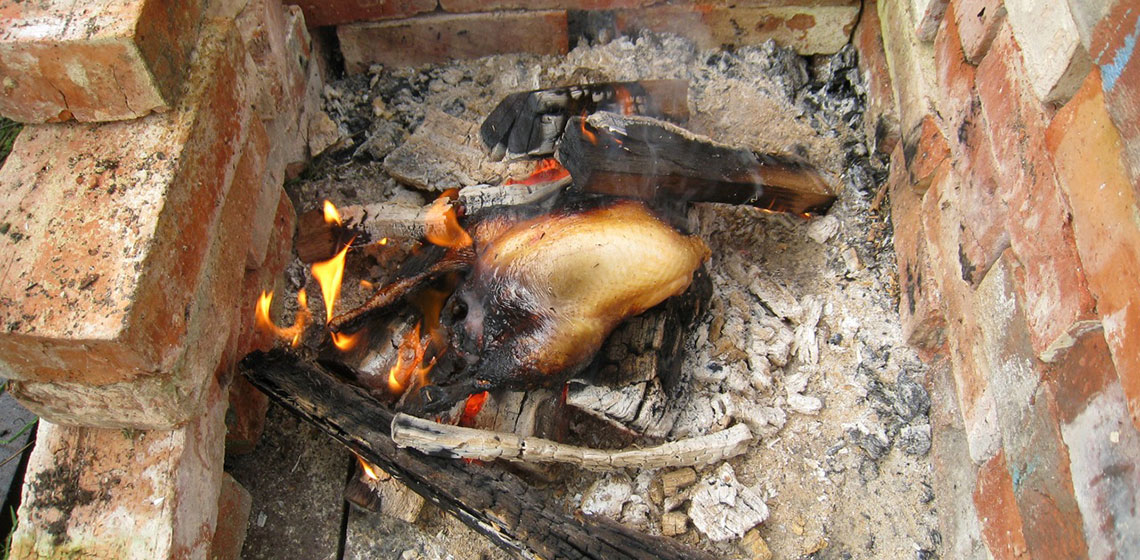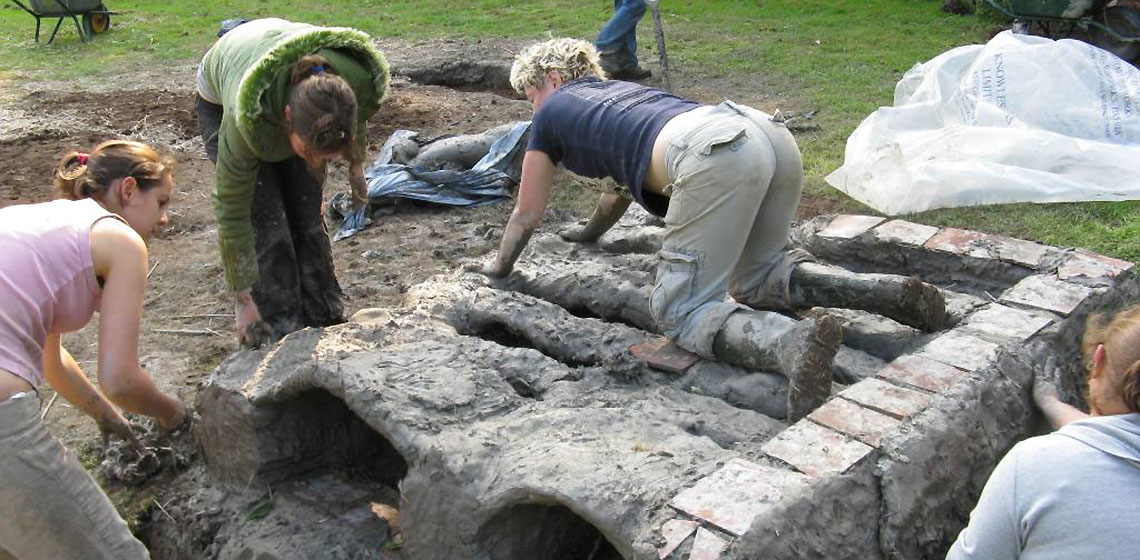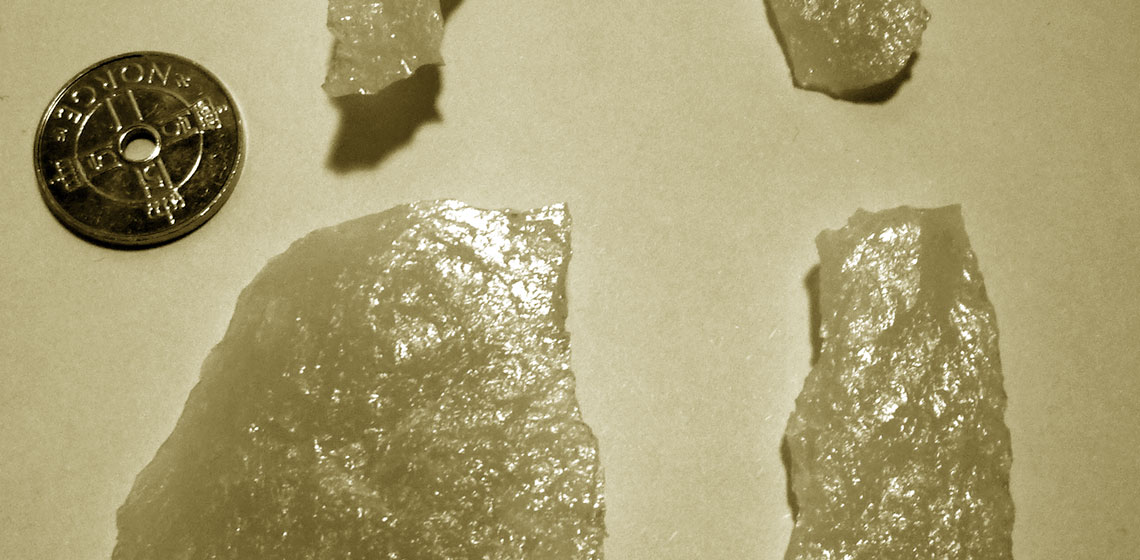Copper + Tin + People: Public Co-Smelting Experimentation in Northwestern Iberia
***In the present paper an experiment made in north-western Iberia for producing bronze using local ores and similar techniques to those perhaps practiced by the ancient prehistoric metallurgists during Bronze Age is described...










